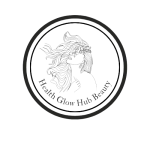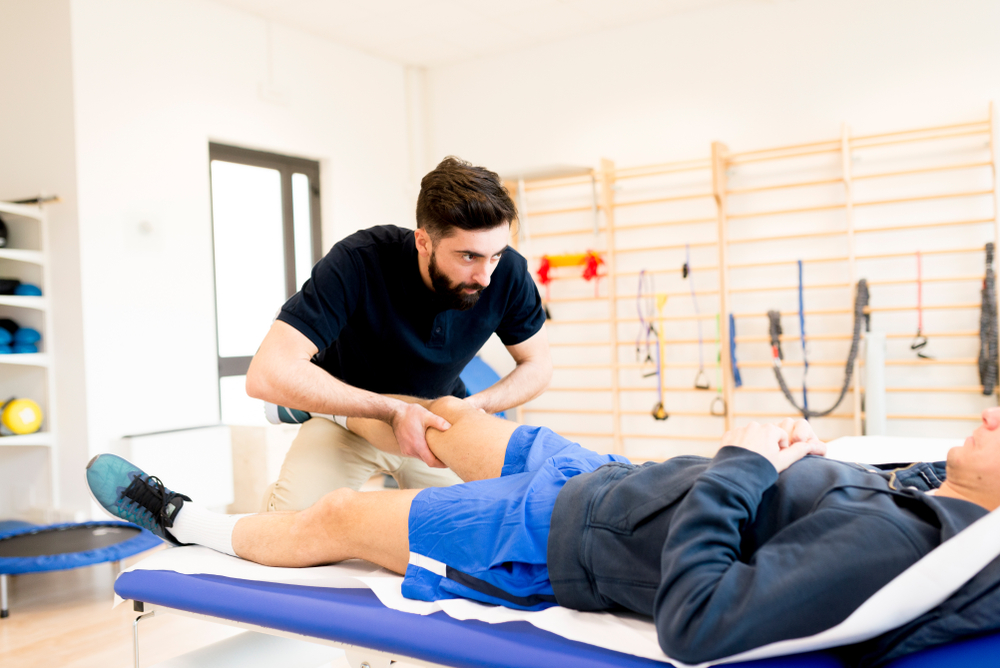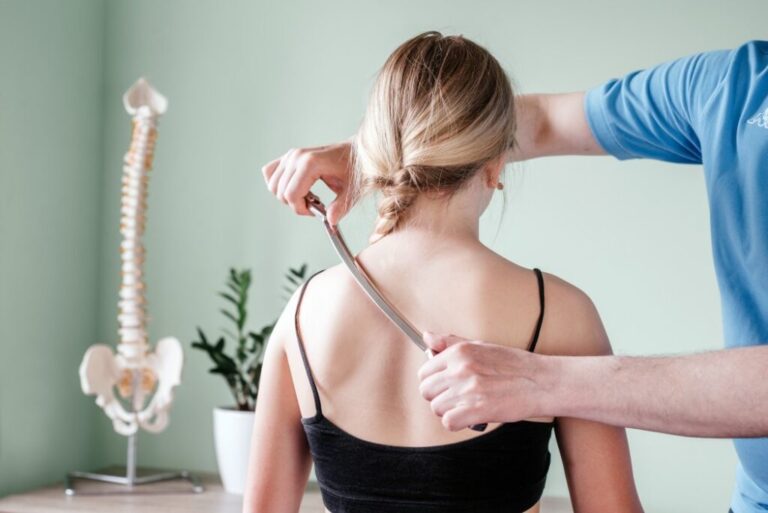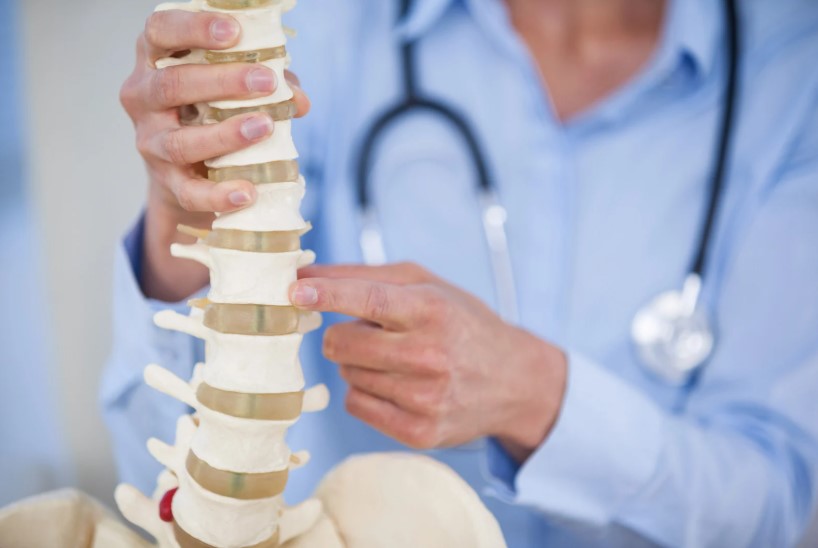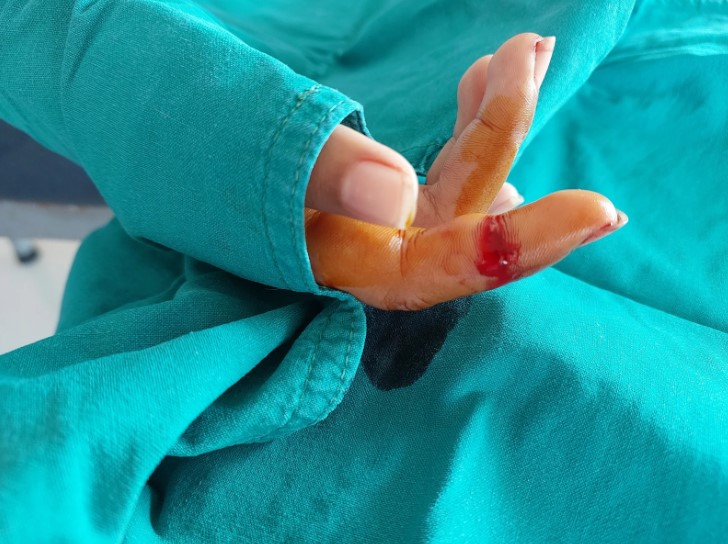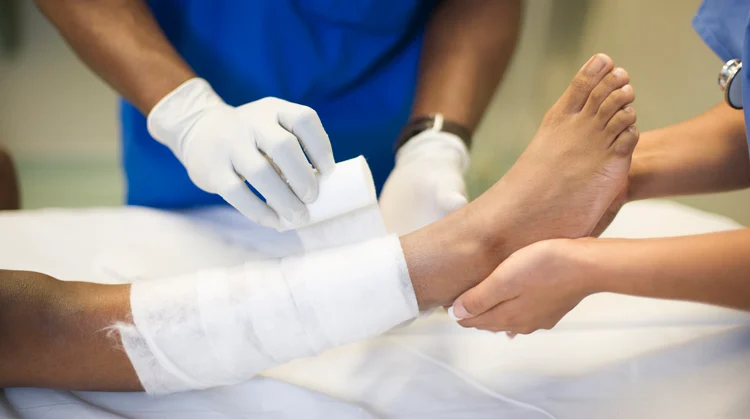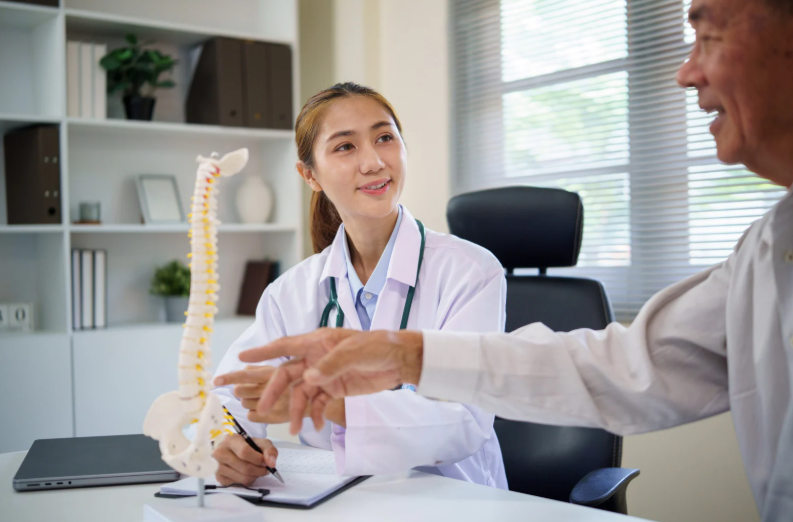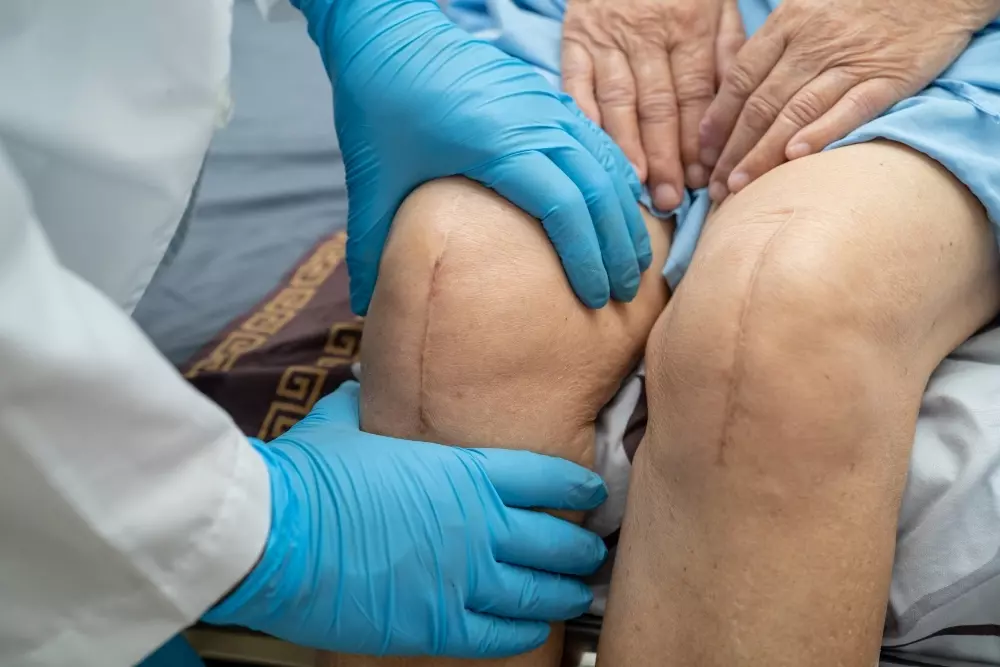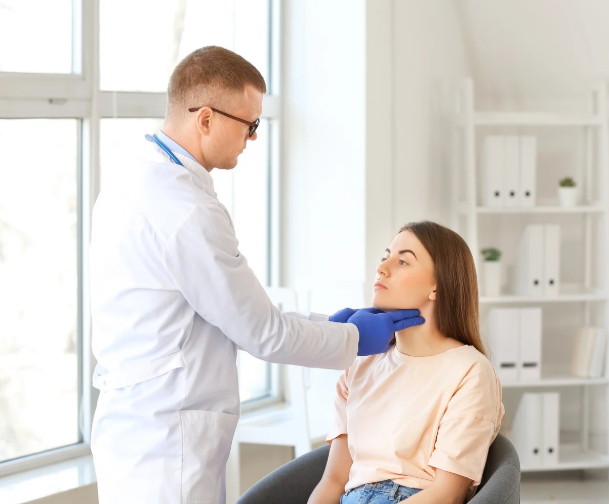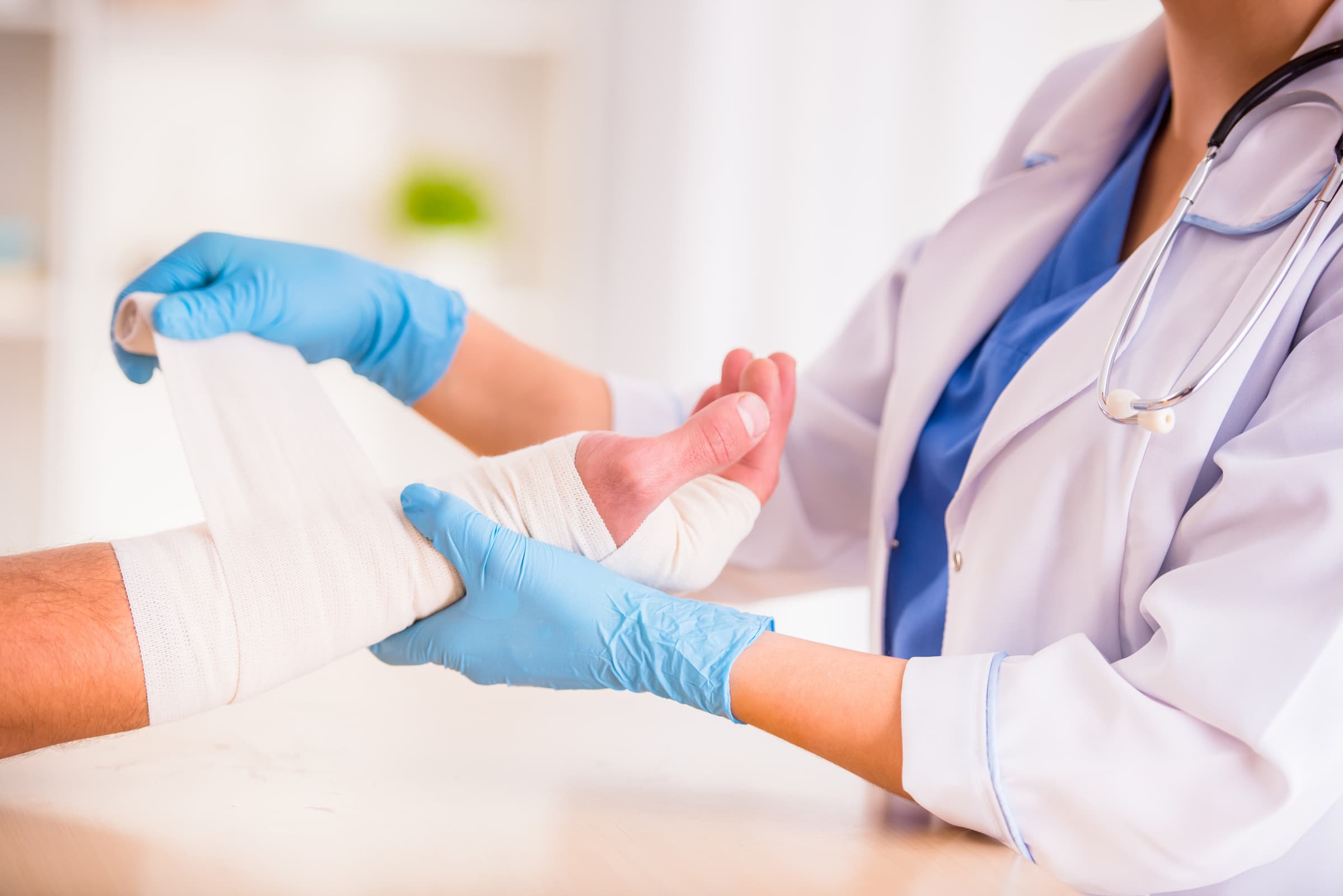Welcome to our guide on sports massage for runners! Whether you’re a seasoned marathoner or a casual jogger, incorporating sports massage into your training routine can make a significant difference in your performance and overall well-being. In this blog post, we’ll explore the benefits, key techniques, tips for effectiveness, precautions, and post-massage care specifically tailored to runners.
Benefits of Sports Massage for Runners
- Improves circulation and muscle flexibility: Sports massage promotes blood flow to the muscles, improving oxygen and nutrient delivery while enhancing flexibility, which can help prevent injuries and improve performance.
- Reduces muscle tension and soreness: By targeting tight muscles and trigger points, sports massage helps alleviate tension and soreness, allowing for quicker recovery after intense workouts or races.
- Enhances recovery time: Regular sports massage sessions can speed up the recovery process by flushing out metabolic waste products and reducing inflammation, enabling runners to bounce back faster from strenuous training sessions.
- Helps prevent injuries: Sports massage helps identify and address imbalances or areas of tightness that could lead to injuries if left untreated, making it an essential component of injury prevention for runners.
Key Techniques for Sports Massage
- Effleurage (long, gliding strokes): Begin the massage with gentle, rhythmic strokes to warm up the muscles and prepare them for deeper work.
- Petrissage (kneading and compression): Apply kneading and compression techniques to target specific muscle groups, focusing on areas prone to tightness or soreness in runners, such as the calves, quadriceps, and hamstrings.
- Friction (deep, circular movements): Use friction techniques to break up adhesions and knots in the muscles, promoting increased blood flow and flexibility.
- Tapotement (rhythmic tapping or percussion): Incorporate tapping or percussion techniques to stimulate circulation and invigorate the muscles, especially useful for post-run recovery.
- Stretching techniques: Integrate gentle stretching into the massage session to further improve flexibility and range of motion, helping runners maintain optimal muscle function.
Tips for Effective Sports Massage
- Warm up the muscles before starting: Begin the massage with light effleurage strokes to warm up the muscles and increase circulation.
- Use the right amount of pressure: Adjust the pressure of your massage techniques based on the runner’s feedback and comfort level, ensuring effective but not overly intense pressure.
- Focus on problem areas and muscle groups used in running: Tailor the massage session to address areas of tightness or discomfort commonly experienced by runners, such as the IT band, hip flexors, and glutes.
- Communicate with the runner for feedback: Encourage open communication throughout the massage session to ensure the runner’s needs and preferences are met, making adjustments as necessary.
Precautions and Considerations
- Avoid massaging over injuries or areas of inflammation: Exercise caution when massaging areas with existing injuries or inflammation, focusing on gentle techniques and avoiding direct pressure on sensitive areas.
- Know the runner’s medical history and any contraindications: Prioritize safety by obtaining relevant medical information and discussing any contraindications or concerns with the runner before the massage session.
- Consider consulting with a professional massage therapist: For runners with specific medical conditions or complex musculoskeletal issues, seeking guidance from a qualified massage therapist or healthcare professional is recommended.
Post-Massage Care and Recovery
- Drink plenty of water to stay hydrated: Hydration is key to flushing out toxins and promoting muscle recovery after a massage session, so be sure to drink ample water throughout the day.
- Perform light stretching exercises: Incorporate gentle stretching into your post-massage routine to maintain flexibility and prevent muscle stiffness.
- Rest and allow the body to recover: Listen to your body’s cues and prioritize rest after a massage session, giving your muscles time to relax and repair.
Takeaway
Sports massage offers a multitude of benefits for runners, including improved circulation, reduced muscle tension, enhanced recovery, and injury prevention. By incorporating key massage techniques, following effective tips, and prioritizing post-massage care, runners can optimize their training routine and performance while minimizing the risk of injuries. Remember to consult with a professional massage therapist for personalized guidance and support on your journey to becoming a stronger, healthier runner.
Achieve your fitness goals faster with sports massage in Singapore from the experts at Core Fitness.
